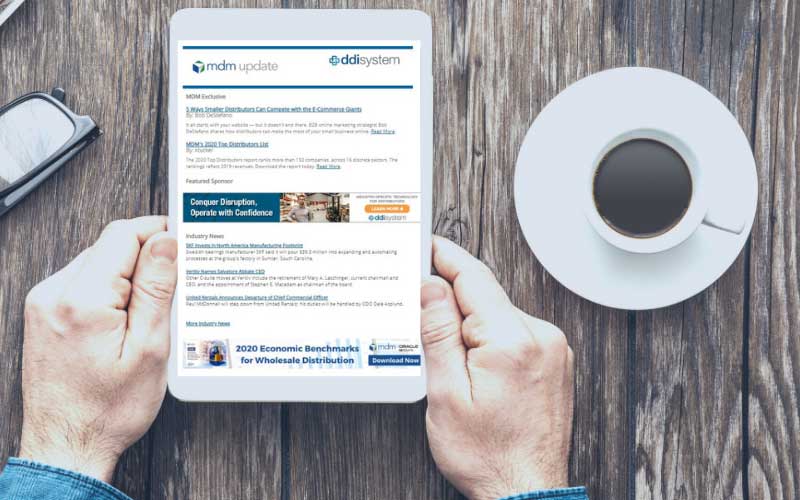The Conference Board Leading Economic Index for the U.S. rose 0.2 percent in January to 94.1, following a 0.5 percent increase in December and no change in November. The Conference Board Coincident Economic Index increased 0.4 percent, and The Conference Board Lagging Economic Index increased 0.4 percent.
Ataman Ozyildirim, economist at The Conference Board, said, "The U.S. LEI rose again in January, pointing to a slow but continued expansion in economic activity in the near term. Despite continued weakness in manufacturers’ new orders and consumer expectations, improvements in housing permits and financial components helped boost the LEI in January.
"Meanwhile, the CEI also advanced in January, despite the slight decline in industrial production. Both the LEI and CEI have experienced widespread gains among their components over the past six months."
Ken Goldstein, economist at The Conference Board, said, "The indicators point to an underlying economy that remains relatively sound but sluggish. Credit use has picked up, driven in part by relatively strong demand for auto loans.
"The biggest positive factor is housing. The housing market is now at twice the level reached during its recessionary lows, and will likely continue to improve through the spring, delivering some growth momentum to the labor market and the overall economy. The biggest risk, however, is the adverse impact of cuts in federal spending.”
The CEI for the U.S. increased to 106.5, following a 1 percent increase in December and a 0.9 percent increase in November.
The LAG increased to 116.7, following a 0.1 percent increase in December and a 0.2 percent decline in November.

